#the national gallery
Text

Rogier van der Weyden - Portrait of a Young Woman (or Lady Wearing a Gauze Headdress, 1435-1440.
237 notes
·
View notes
Text
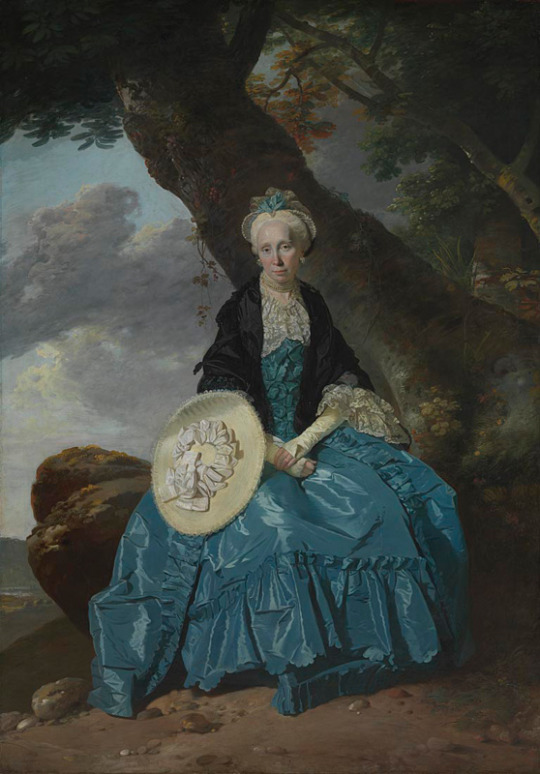
Oil Painting, 1763-1764, Scottish.
By Johann Zoffany.
Portraying Mary Oswald, the wife of entrepreneur Richard Oswald, in a blue silk dress.
The National Gallery
#painting#1763#1760s#1760s Scotland#1760s painting#1760s Britain#Mary Oswald#Johann Zoffany#the national gallery#womenswear#silk#blue
65 notes
·
View notes
Text

Botticelli, Sandro. Portrait of a Young Man. c. 1483, tempera on panel. The National Gallery, London.
#Sandro Botticelli#portrait#painting#tempera on panel#tempera#London#The National Gallery#Londond#Firenze#1483#1400s#art#human#history
15 notes
·
View notes
Text
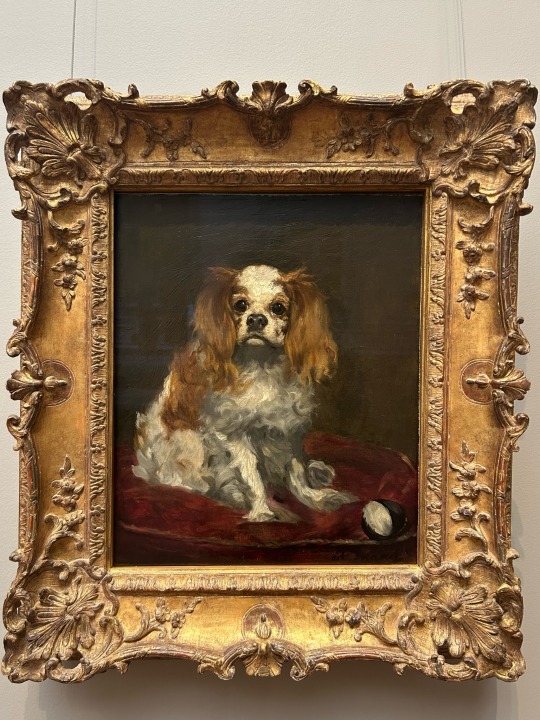
Édouard Manet - "A King Charles Spaniel", c. 1886. Oil on linen.
17 notes
·
View notes
Text

Paul Cézanne (French 1839-1906), Standing Nude, about 1898. Oil on canvas, 36 1/2 × 28 in | 92.7 × 71.1 cm. (Source: The National Gallery, London)
#art#artwork#modern art#contemporary art#modern artwork#contemporary artwork#20th century modern art#20th century contemporary art#early 20th century art#French art#early 20th century French art#French artist#French painter#standing female nude#human figure#female figure#female nude#nude female#Paul Cézanne#The National Gallery
5 notes
·
View notes
Text



I saw The Fighting Temeraire today and thought I should share. It’s really a beautiful painting.
I think in the film it’s in front of the bench, but in real life it’s actually more to the side. I sat on the bench in the right place anyway :)
#007jamesbond#007#007 fest 2022#james bond 007#skyfall#007 skyfall#james bond#bond#the fighting temeraire#art#art history#the national gallery#art galleries#art museums#00q#q james bond
85 notes
·
View notes
Text

5 notes
·
View notes
Text
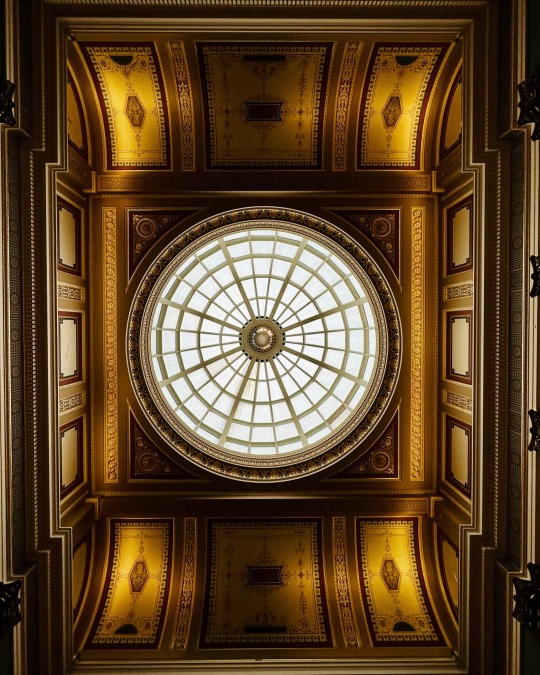
The National Gallery, London 🇬🇧
Don’t forget to look up.
#don’t think I ever posted this#mine#my photography#architecture#art#gallery#photography#the National gallery#london
17 notes
·
View notes
Text

2 notes
·
View notes
Text


Me if I acted on every fantasy I have about my male hyper-fixations
#i don't know i saw this at the national gallery and didn't want to keep it from the fellow notoriously thirsty mutuals#the national gallery#the national gallery london
2 notes
·
View notes
Text

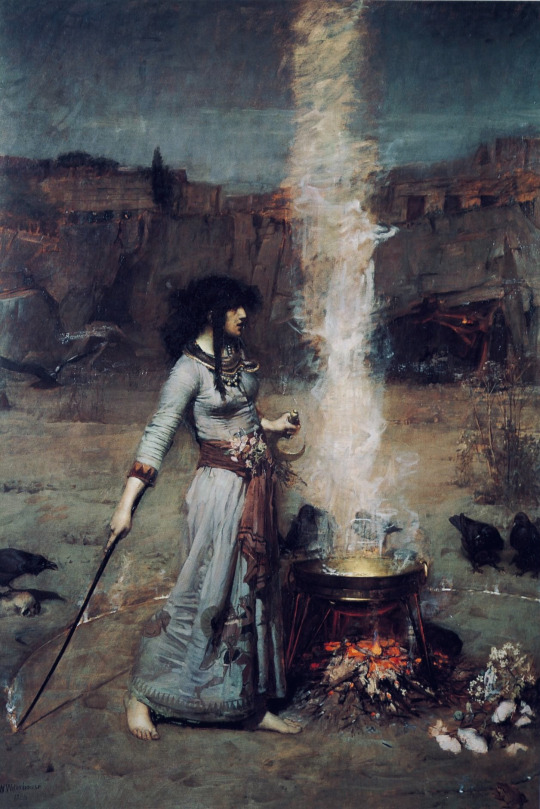
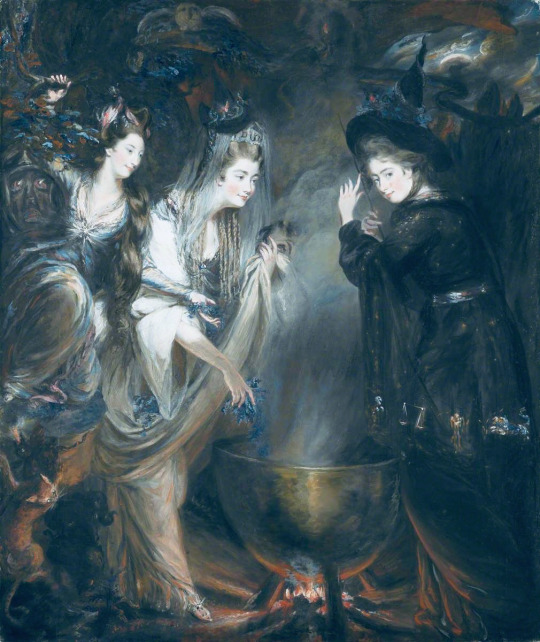
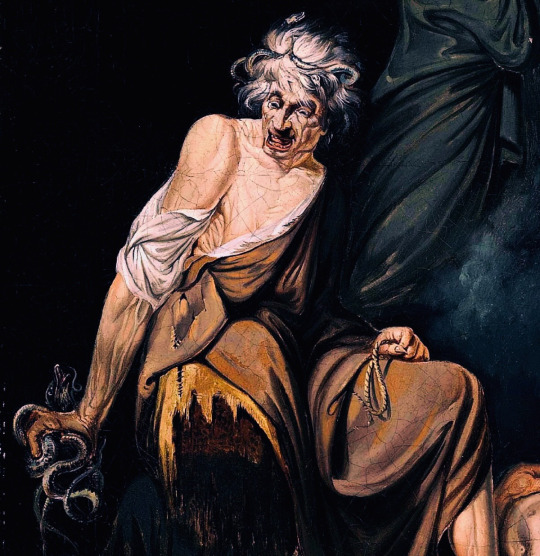
'Witches' in Art ('Halloween in Art' Series)
Top LTR:
L:
'A Scene from 'El Hechizado por Fuerza' ('The Forcibly Bewitched'),' (1798),
Francisco de Goya (1746–1828),
Oil on canvas, H 42.5 cm x W 30.8 cm,
The National Gallery, London, England.
R:
'The Magic Circle,' (1886),
John William Waterhouse (1849–1917),
Oil on canvas, H 183 cm × W 127 cm,
Tate Britain, London, England.
Bottom LTR:
L:
'The Three Witches from Macbeth,' (1775),
Daniel Gardner (1750–1805),
Gouache and chalk on paper, H 94 cm x W 79 cm,
National Portrait Gallery, London, England (2011–).
R:
Detail of the witch, Erichtho, from 'Sextus Pompeius consulting Erichtho before the Battle of Pharsalia,' (1776),
John Hamilton Mortimer (1740–1779),
Oil on canvas, H 58.4 cm x W 46.4 cm,
Private Collection.
#art#photoset#witches#witches in art#halloween in art#halloween#a scene from 'el hechizado porfuerza' ('the forcibly bewitched')#the forcibly bewitched#francisco de goya#the national gallery#the magic circle#john william waterhouse#tate britain#the three witches from macbeth#macbeth#daniel gardner#national portrait gallery#art detail#erichtho#sextus pompeius consulting erichtho before the battle of pharsalia#john hamilton mortimer#romaticism#rococo#pre-raphaelite brotherhood#pre-raphaelites#portrait
2 notes
·
View notes
Text
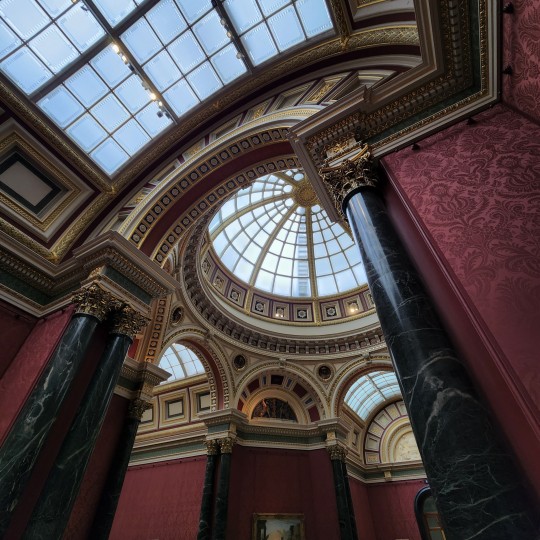

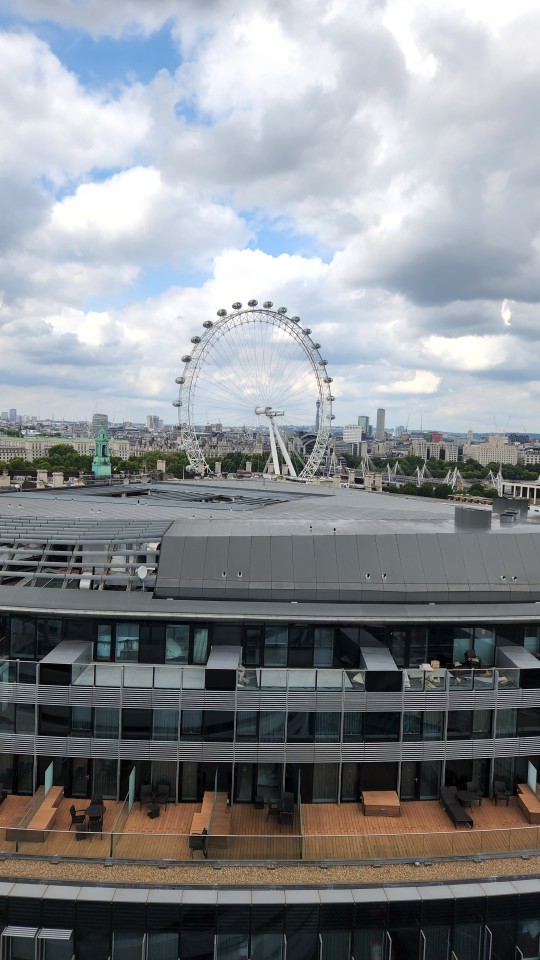

hello, friends!
last august 2022, i went to london for vacation and fell in love with the city. i'm excited to announce that i'm coming back this september to start my msc in psychology at the university of westminster.
i didn't think i'd be able to come back so soon, but i'm so grateful for this amazing opportunity. see you real soon, london! :)
#studyblr#london#uk#msc psychology#psych#psychology#westminster#the national gallery#tower bridge#greenwich#travel#masters student#gradblr#grad student
5 notes
·
View notes
Text

Oil Painting, 1770-1772, English.
By Joseph Wright.
Portraying Thomas Coltman in a white frock coat and blue waistcoat and his wife, Mary, in a red riding habit.
The National Gallery.
#1770s#1770#1770s England#1770s menswear#1770s riding#riding habit#thomas coltman#Mary coltman#1770s painting#the national gallery#England#English#riding#menswear#red#blue#white
62 notes
·
View notes
Text

The Magdalen Reading, 1535. - Ambrosius Benson (1495/1500- 1550).
A woman, her hair covered by an elaborate structure of caps and semi-transparent veils, holds a luxurious illuminated book in a green velvet binding. The pot identifies her as Mary Magdalene: it holds the ointment with which the saint anointed Christ’s feet.
The hands and book are copied from Saint Barbara in Gerard David’s The Virgin and Child with Saints and Donor. They are so close that it seems Ambrosius Benson copied from the original or that he had access to the preliminary drawings. He was a pupil of David, and the two were involved in a lawsuit about patterns which David alleged he had found in Benson’s chest. The folds of the veil are extremely close to Mary Magdalene’s headdress in The Magdalen in a Landscape by Albert Cornelis, from whom Benson borrowed patterns.
Benson specialised in half-lengths of young women depicted as Mary Magdalene or as sibyls (female oracles in classical mythology). This lady’s strangely elongated ear and large hands are typical of the artist. The style of her dress suggests a date of about 1520, making it one of the artist’s earliest such pictures. - The National Gallery.
His original name was likely Benzone or Bensoni, or a variation.
Ambrosius Benson (c. 1495/1500, in Ferrara or Milan – 1550, in Flanders) was an Italian painter who became a part of the Northern Renaissance.
While many surviving paintings have been attributed, there is very little known of him from records, and he tended not to sign his work. He is believed to be responsible for mainly religious art, but also painted portraits on commission. He sometime painted from classical sources, often setting the figures in modern-dress, or a contemporary domestic setting. In his lifetime he was successful; he had a large workshop, his work was sold internationally and he was especially popular in Spain.
Benson became popular as a source for pastiche with 19th-century painters, who are sometimes known as the "followers of Benson". In particular his many variations of the Magdalen and Sibilla Persica were further copied and became popular with contemporary buyers. - Wikipedia.
#magdalen#reading#15th century art#ambrosius benson#mary magdalene#gerard david#albert cornelis#religious painting#religious art#oil on oak#the national gallery#illuminated book#saint mary magdalene#italian painter#italian painters#italian artist#italian artists#northern renaissance#portrait painter#portrait painters#pastiche
13 notes
·
View notes
Text

Mary Cassatt - "Child in a Straw Hat", 1886. Oil on canvas.
3 notes
·
View notes
Text
All The Vermeers In New York rn

Johannes Vermeer's Other Girl With A Pearl Earring or whatever, staying put at The Met
In 1990 Jon Jost made a movie called All The Vermeers of New York, which at that point was—and most of the time is—eight. The Frick didn't lend their Vermeers once in a century, but right now they're renovating, so they lent all three. The Met has five, and may lend one here or there, but now has lent two. So NYC went from eight Vermeers to three.
Which is at least better than DC, which went from four Vermeers, until it lost one in a giant self-own, by changing the attribution, to three, but now it's at zero, because all of them went Amsterdam for the biggest Vermeer show ever, including the studio one, which the Dutch are like, still looks like a Vermeer to us, send it over!
https://greg.org/archive/2023/02/10/all-the-vermeers-in-new-york-rn.html
6 notes
·
View notes